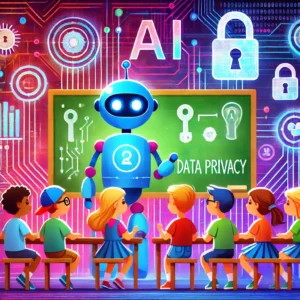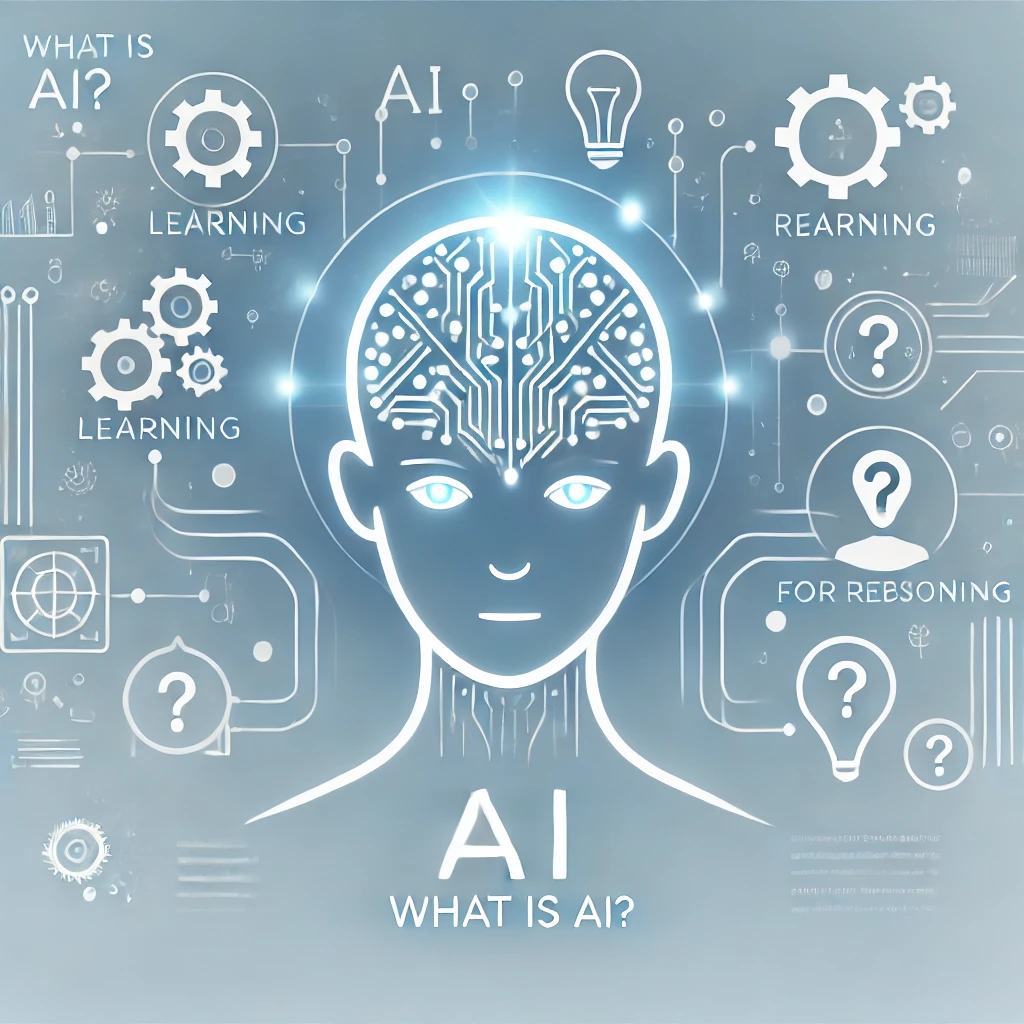
Why Understanding AI and Data Privacy is a Life Skill for Kids
Why is it important for kids to understand AI and data privacy? Discover how teaching these concepts empowers children to navigate the digital world safely and responsibly.
Disclosure: We are supported by our audience. We may earn a commission when you take action after following links from our site. Learn More.
Artificial Intelligence (AI) might seem like a complex field reserved for tech experts, but the truth is, anyone can get started with it. From understanding the basics to exploring practical applications, this guide will walk you through the essentials of AI in simple terms.

Artificial Intelligence refers to the ability of machines to simulate human intelligence. AI enables computers and devices to learn from data, make decisions, and perform tasks that usually require human intelligence, such as recognizing images, understanding speech, or playing games.
At its core, AI is about:

Artificial intelligence (AI) is all around us—think of voice assistants like Alexa, Netflix recommendations, or automated customer support. Learning about AI helps you:

Machine Learning is a type of Artificial intelligence where computers learn from data without being explicitly programmed. For example, an email service might learn to filter spam based on previous examples.
NLP is how computers understand and respond to human language. Chatbots, language translators, and tools like ChatGPT use NLP.
This enables machines to interpret visual data, like recognizing faces in photos or identifying objects in images.
Inspired by the human brain, neural networks are the backbone of many artificial intelligence systems, helping machines analyze and process information.

Start with beginner-friendly resources that explain AI concepts in plain language. Some great platforms include:
Experiment with beginner-friendly Artificial intelligence tools to see how AI works in practice. Here are a few to try:
Once you’re comfortable with the basics, explore platforms like:
Connect with others learning about AI to share tips, resources, and projects. Check out forums like Reddit’s r/MachineLearning or join AI-focused Discord groups.




AI is not just a buzzword—it’s shaping industries, education, and creativity. By taking the time to understand its basics now, you’ll be better equipped to leverage AI in your personal and professional life.
AI might sound intimidating, but getting started doesn’t have to be. With the right tools and resources, anyone can learn how AI works and use it to improve their life.
Ready to begin your AI journey? Subscribe to our newsletter for beginner-friendly guides, tips, and tools to help you dive into the world of artificial intelligence. Make sure you check out our other Zippy Insight for quick understandings of tech, made simple.

Why is it important for kids to understand AI and data privacy? Discover how teaching these concepts empowers children to navigate the digital world safely and responsibly.

AI text generators are transforming creativity, helping writers, marketers, and creators produce content faster and with less stress. These tools leverage advanced algorithms and natural language processing to generate human-like text in seconds, saving time and breaking through creative blocks. Discover how AI can supercharge your workflow, whether you’re drafting blog posts, creating social media content, or writing product descriptions. Ready to elevate your creative game? Explore the power of AI and unlock new possibilities!

AI in the workplace (AI) is no longer a futuristic concept—it’s a present-day reality reshaping how we work. From streamlining operations to enhancing creativity, AI

Get weekly updates of our AI and Tech content
There was a problem reporting this post.
Please confirm you want to block this member.
You will no longer be able to:
Please allow a few minutes for this process to complete.
Responses